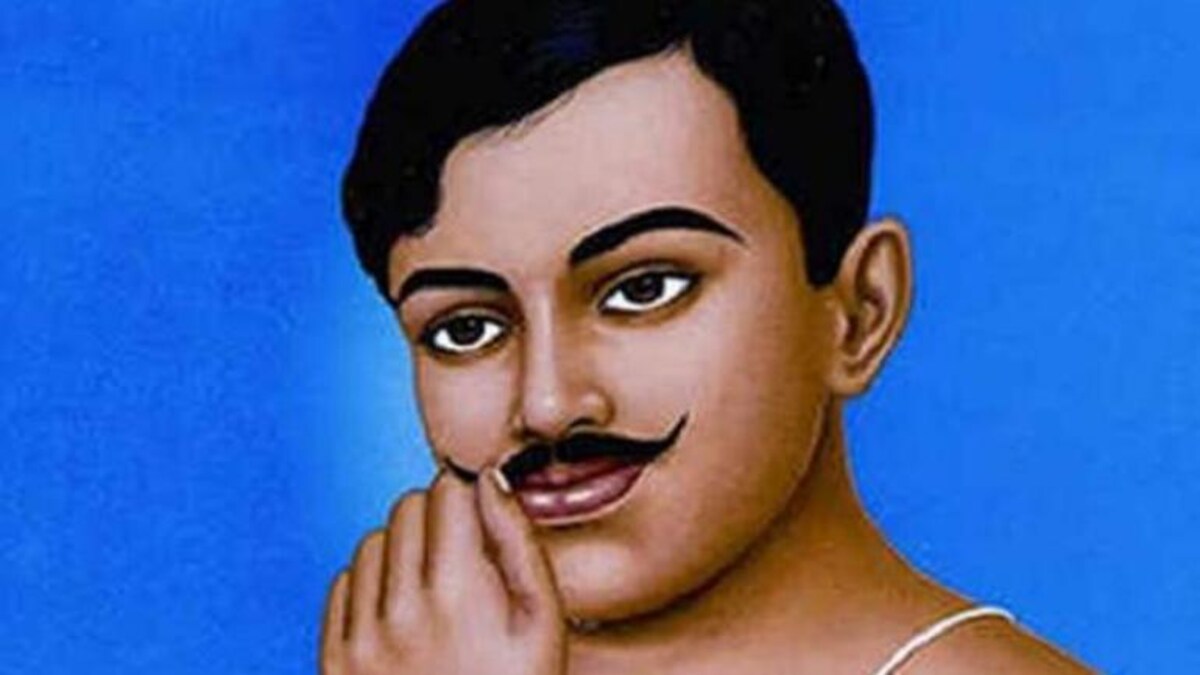
Chandrasekhar Azad: The Fearless Revolutionary of India’s Independence Movement
Chandrasekhar Azad, a name that evokes images of courage, defiance, and sacrifice, was one of the most fearless and iconic figures of India’s struggle for independence. Born on July 23, 1906, in Bhavra village, Madhya Pradesh, Azad’s life was a testament to his unwavering commitment to the cause of freedom and his relentless pursuit of justice for his motherland.
From a young age, Azad was deeply influenced by the prevailing socio-political conditions in British-ruled India. The Jallianwala Bagh massacre of 1919 and the injustices perpetrated by the colonial regime left an indelible mark on his consciousness, fueling his determination to fight against oppression and tyranny.
Azad’s journey into the realm of revolutionary activism began during his student years. He was drawn to the revolutionary ideologies of leaders like Ram Prasad Bismil, Bhagat Singh, and Surya Sen, who advocated for armed struggle as a means to overthrow British rule. Inspired by their courage and conviction, Azad joined the Hindustan Republican Association (HRA), a revolutionary organization dedicated to the liberation of India from colonial bondage.
Azad’s role in the Kakori Conspiracy of 1925 marked a turning point in his revolutionary career. Alongside his comrades in the HRA, he participated in the daring train robbery at Kakori, targeting British officials and seizing funds to finance the revolutionary movement. The incident sent shockwaves through the British administration and propelled Azad into the limelight as a symbol of resistance against colonial oppression.
Following the Kakori Conspiracy, Azad went underground to evade arrest by the British authorities. Adopting the pseudonym “Azad,” meaning “free” in Urdu, he vowed never to be captured alive and pledged to continue his fight for freedom until his last breath. His unwavering resolve and steely determination earned him the admiration and respect of his fellow revolutionaries and the Indian masses.
Azad’s leadership and organizational skills were instrumental in revitalizing the revolutionary movement in India. He played a key role in reorganizing the HRA into the Hindustan Socialist Republican Association (HSRA), advocating for a more militant and proactive approach towards British rule. His charisma, strategic acumen, and fearlessness inspired countless young Indians to join the struggle for independence.
Despite facing constant surveillance and harassment from the British police, Azad continued to evade capture through a series of daring escapades and clandestine operations. He crisscrossed the length and breadth of the country, organizing revolutionary activities, mobilizing support, and coordinating acts of sabotage against the colonial regime.
The final chapter in Azad’s life unfolded on February 27, 1931, in Alfred Park, Allahabad (now Chandrashekhar Azad Park), where he engaged in a fierce gun battle with a contingent of British police. Surrounded by overwhelming odds and refusing to surrender, Azad fought valiantly until the very end, choosing to uphold his pledge of martyrdom rather than be captured alive.
Chandrasekhar Azad’s martyrdom immortalized him as a symbol of resistance and defiance against colonial oppression. His indomitable spirit, unwavering commitment, and selfless sacrifice continue to inspire generations of Indians in their quest for freedom and justice. As we commemorate his memory, let us reaffirm our commitment to the ideals for which he lived and died—the ideals of liberty, equality, and dignity for all.













